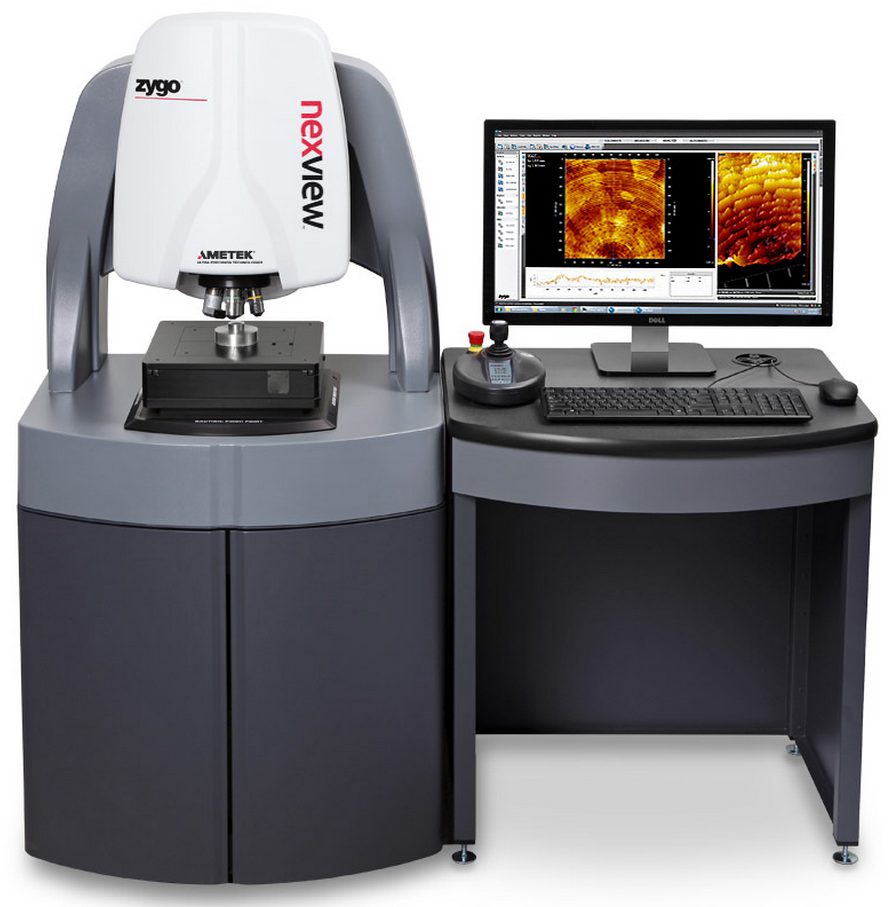
Overview
Prior to reviewing the next section on the Nexview 3D profilometer and Mx™ software, you should have an understanding of light, interference, phase, coherence, and basic interferometry. The Nexview 3D optical profiler uses coherence scanning interferometry to measure surface topography, so understanding these concepts is critical to utilizing the instrument effectively.
Objectives:
Upon completion of this training, users should:
- define the following terms; light, interference, phase, and coherence;
- describe how a basic interferometer functions.
Understanding how the instrument works is critical in ensuring the best quality of data, timely collection of data, and the safety of the profilometry from accidents and misuse. Below, you will find a list of terms that are critical to know and understand for the effective use of the instrument. This Interferometer Theory tab goes over information in some detail, but assumes the reader has had some exposure to these topics. If more detail is needed, in-depth resources are listed at the bottom of each page for readers to access. There is a self-check provided at the end of the Theory section.
- Wave theory of light
- Phase
- Interference
- Coherence
- Interferometry
Next Steps
To review Light Theory associated with using the profilometer, click on the Light link in the navigation below or on the right-hand side.